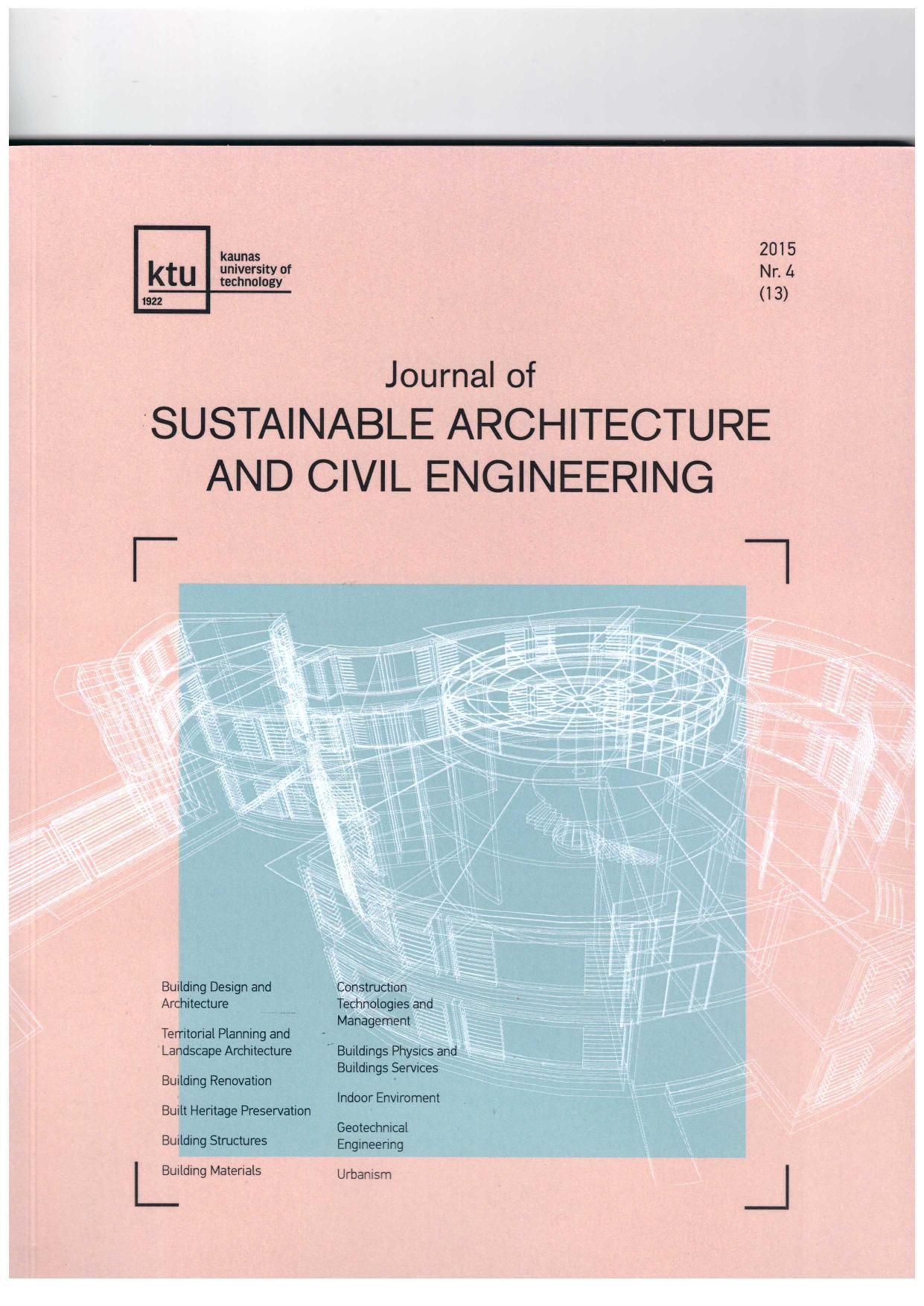Lifecycle Impacts of Structural Frame Materials for Multi-storey Building Systems
Lifecycle Impacts of Structural Frame Materials for Multi-storey Building Systems
Author(s): Ambrose DodooSubject(s): Architecture, Energy and Environmental Studies, Evaluation research
Published by: Exeley Inc.
Keywords: building frame material; concrete; life cycle analysis; passive house; timber;
Summary/Abstract: In this study the lifecycle primary energy and greenhouse gas (GHG) implications of multi-storey building versions with different structural frame materials as well as construction systems are analysed considering flows from the production, operation and end-of-life phases and the full natural resources chains. The analysed building versions include conventional and modern construction systems with light-frame timber, reinforced concrete-frame, massive timber frame, beam-and-column timber frame or modular timber frame structural systems and are designed to the energy efficiency level of the passive house criteria. The results show that the lifecycle primary energy use and GHG emissions for the reinforced concrete building system are higher than those for the timber-based building systems, due primarily to the lower production primary energy use and GHG emissions as well as greater amount of biomass residues when using wood-based materials. The operation primary energy use and GHG emission for the buildings are lower when heated with cogenerated district heating compared to when heated with electric-based heat pump, showing the significance of heat supply choice. The findings emphasize the importance of structural frame material choice and system-wide lifecycle perspective in reducing primary energy use and GHG emissions in the built environment.
Journal: Journal of Sustainable Architecture and Civil Engineering
- Issue Year: 24/2019
- Issue No: 1
- Page Range: 17-28
- Page Count: 12
- Language: English

